In September, Cole Kramer and I guided a mountain goat hunt on the savage landscape of Kodiak Island, Alaska. The best part — or one of the best parts — was backstrap over an open fire.
After several long days and cold evenings spent trudging over muskeg and tusik, up scraggly windblown hills, our friends, Lyle Hebel and Mark Healey, connected on two great billies. With empty stomachs and heavy loads, we packed the goats down to base camp to rest up before our last few days of hunting. As rain sprinkled down on our makeshift camp, Cole pulled out a goat backstrap. Time for a taste.
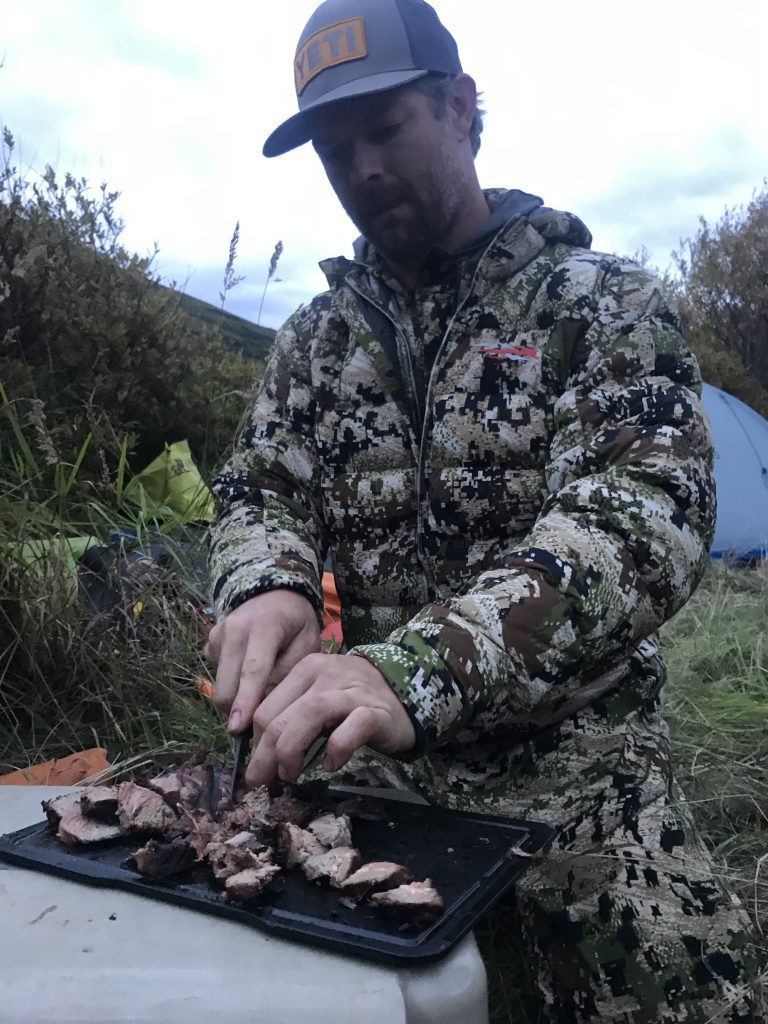
Cole and Lyle dug a small hole in the earth — the start of a earthen grill. As they dug through the damp soil, I searched for the small metal grate we had toted in. Cole poured some charcoal into the hole, lit a fire, and topped it with the grate. The fire crackled and sputtered in the light drizzle, and our grill frame soon blackened with soot as the flames licked it red.
To keep the cooking time down, Cole sliced thin slabs of backstrap, 5 to 7 inches long. Natural fire cookery like this requires special attention. We tossed the meat with a light coating of seasonings — a sprinkle of salt, some pepper, and a bit of Traeger’s Blackened Saskatchewan rub. The cool meat sizzled on the grill. In a matter of minutes, both sides had blackened to a nice char. Cole watched the meat like a hawk, careful not to overcook it. Wild game is lean and becomes tough and hard to eat if done too well.
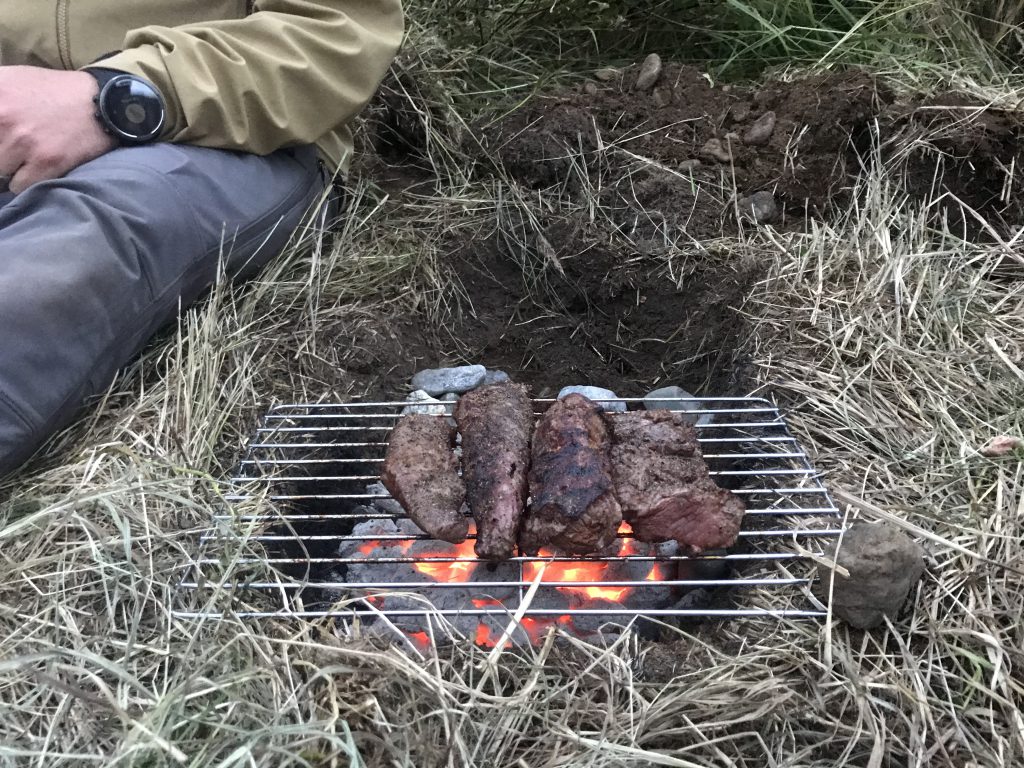
As the rain started to build into a steady shower, Cole sliced the cooked meat thin.
“All right, boys, eat up,” he said. We grabbed slices with our tired hands, juice dripping down off the corner of the cutting board. Well earned and simply cooked, game meat in camp is a joy that rain can’t drown.
“Damn good, right?” I said, nudging our buddy Sloane, who tagged along for the hunt.
“Damn good,” he replied.
There’s no better food on earth than wild meat cooked over an open fire in the mountains.

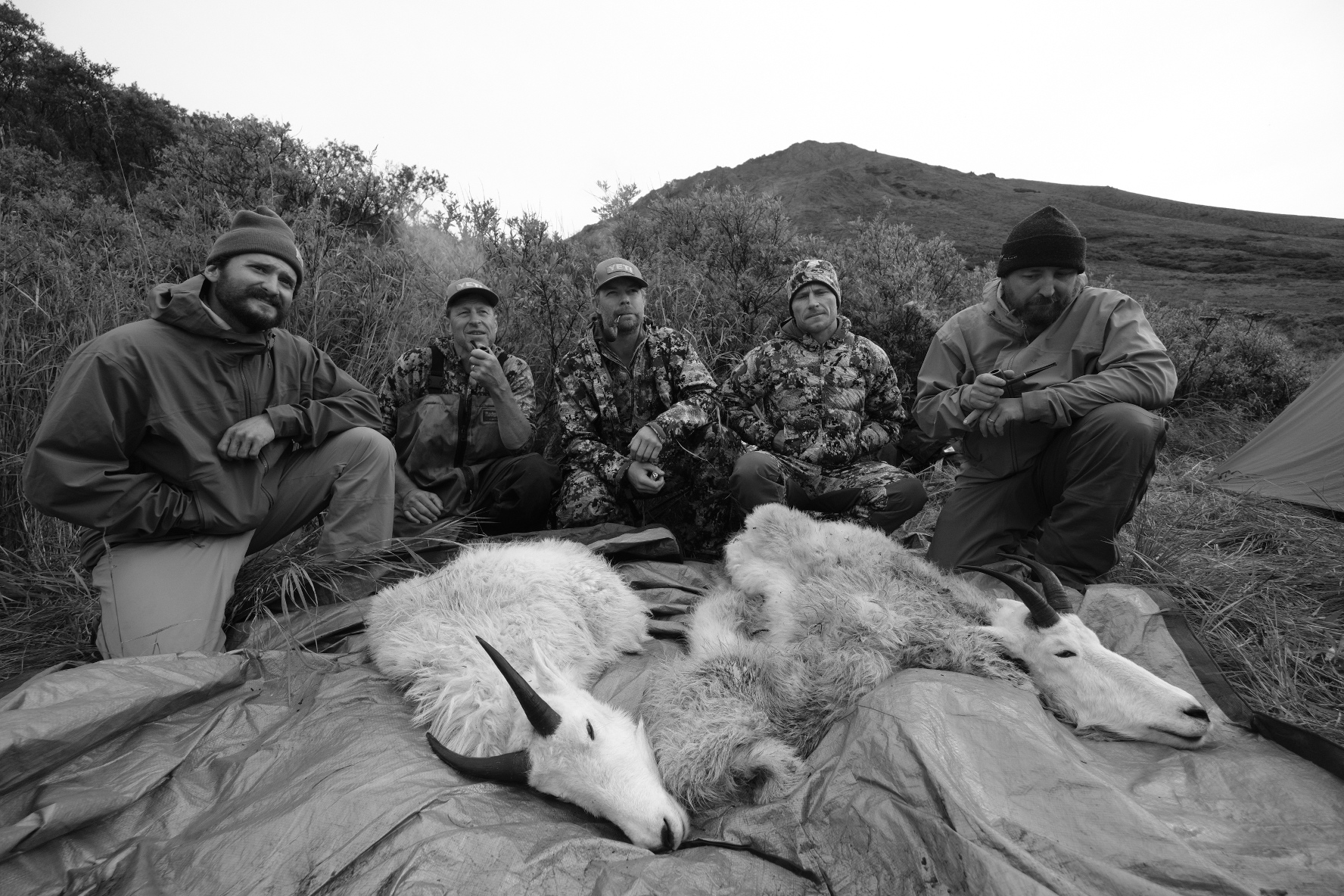
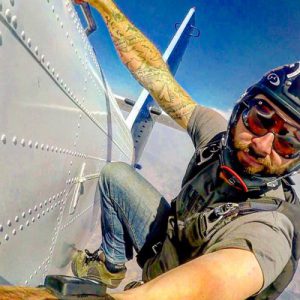
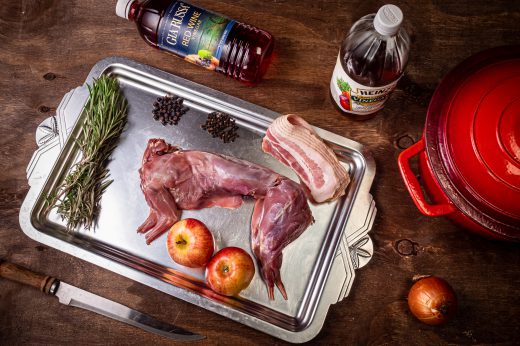
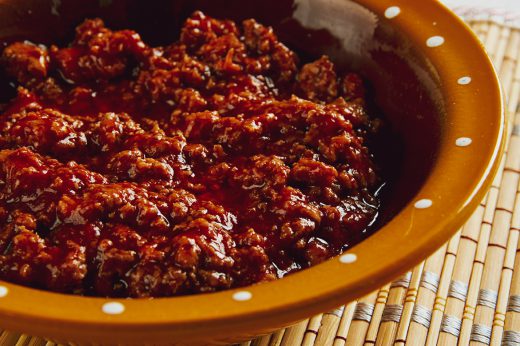
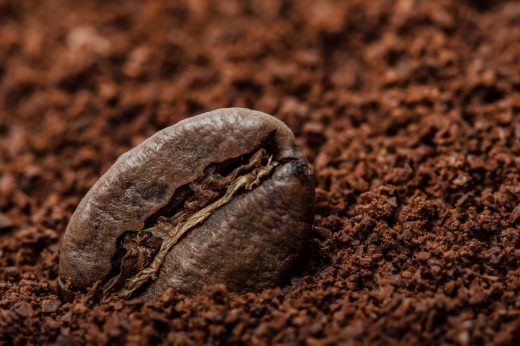


Comments